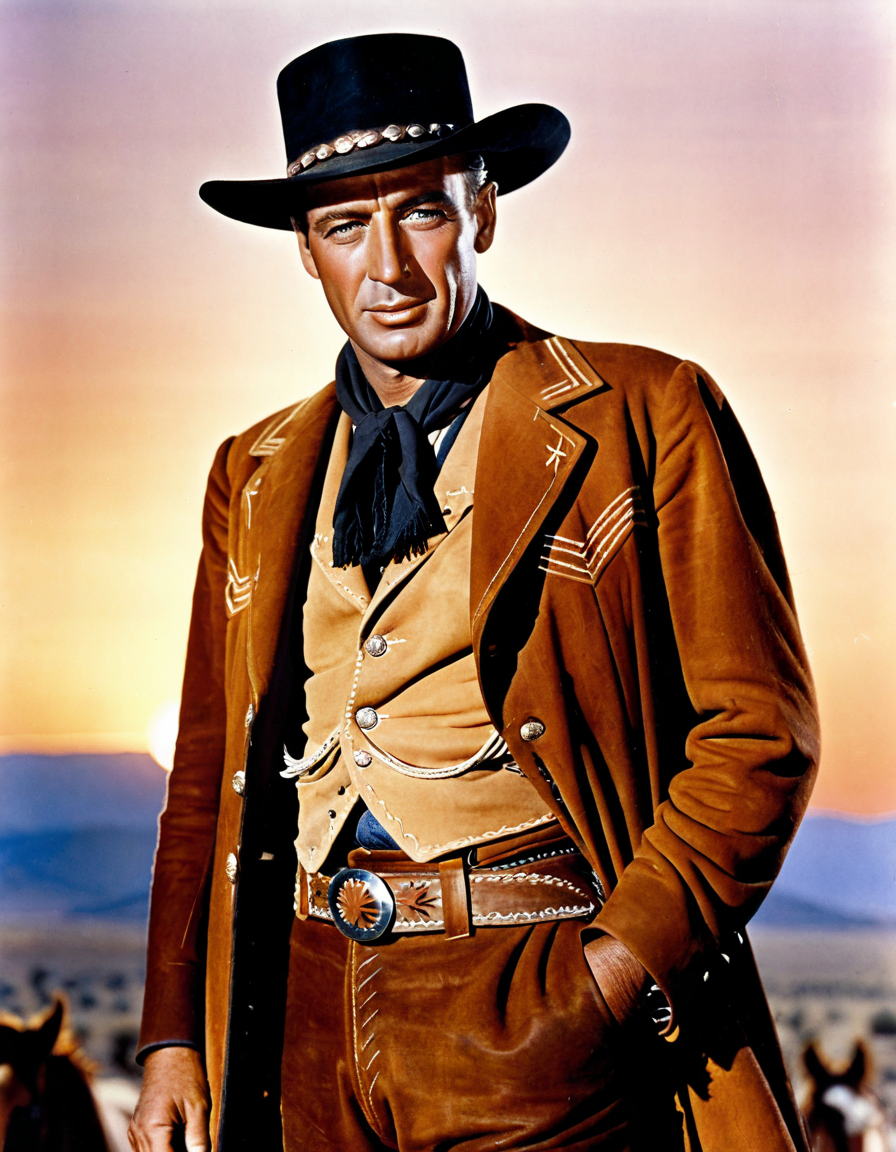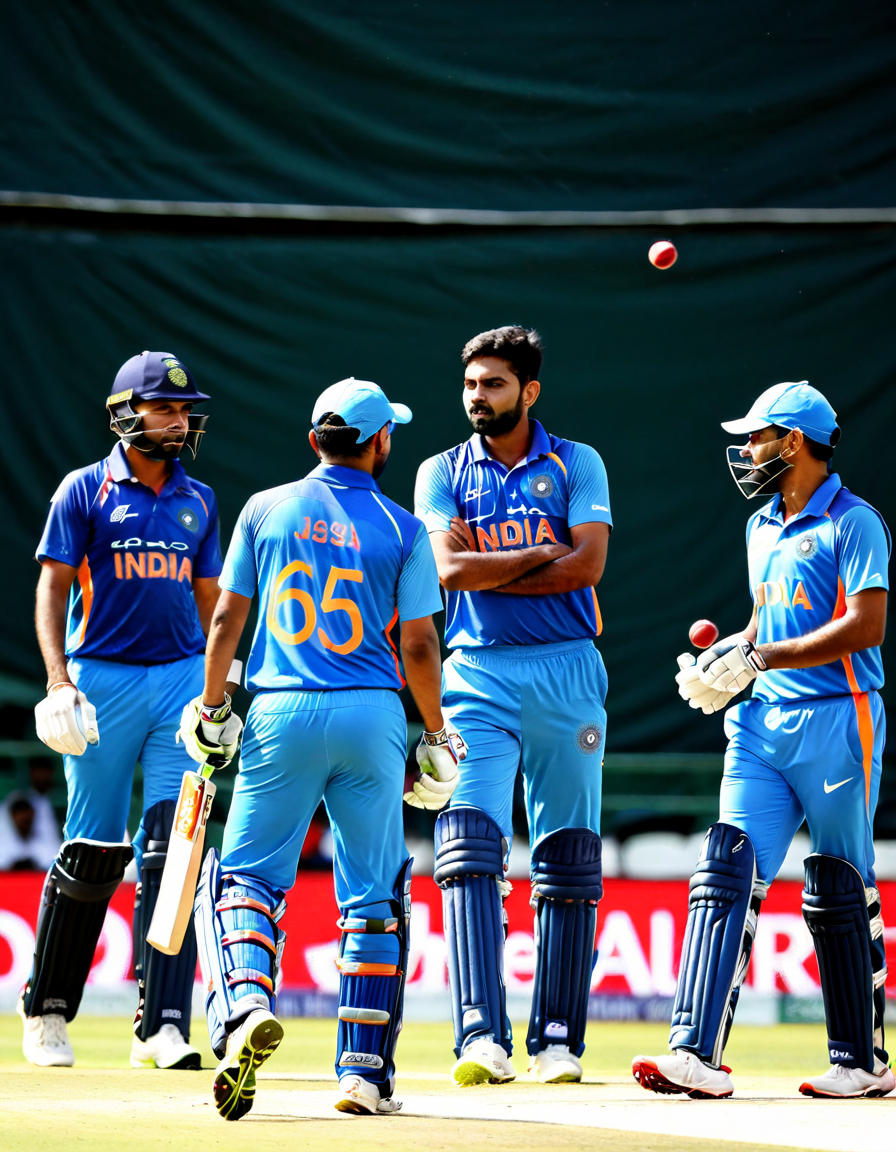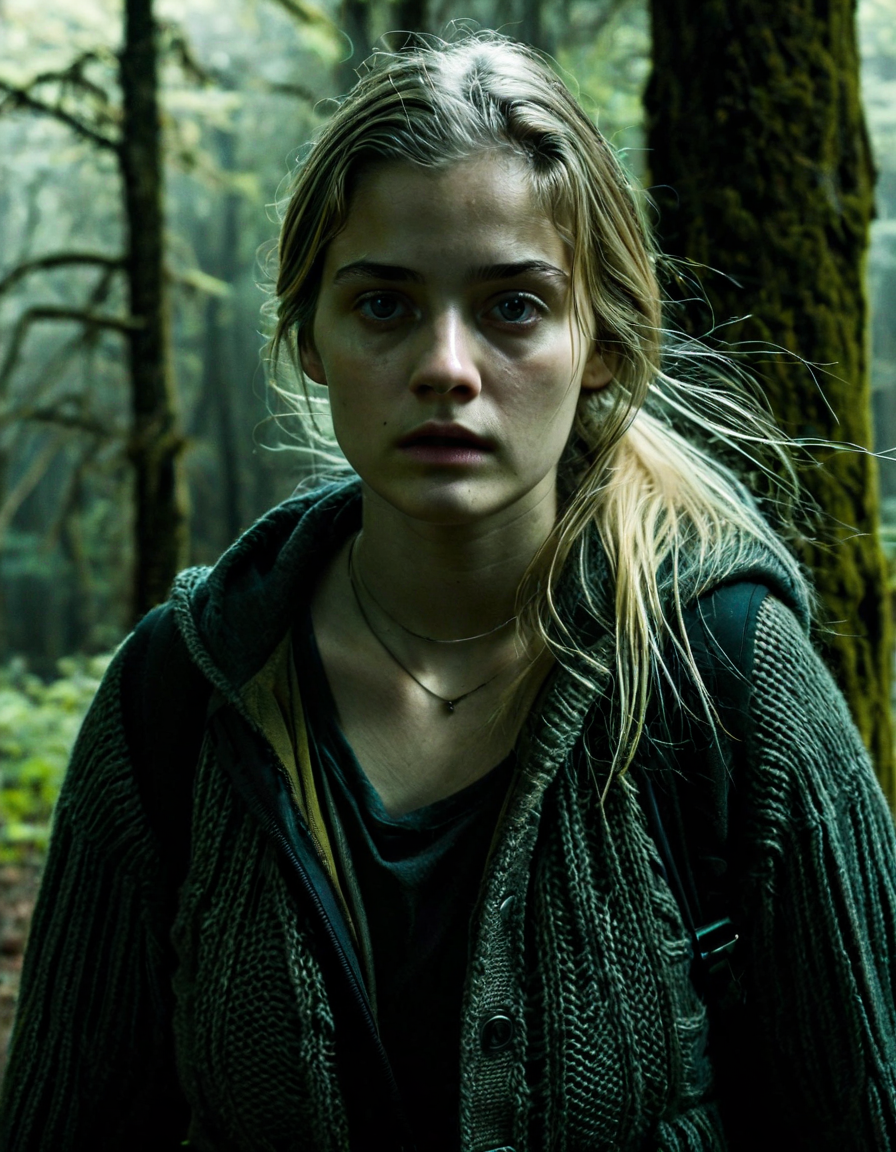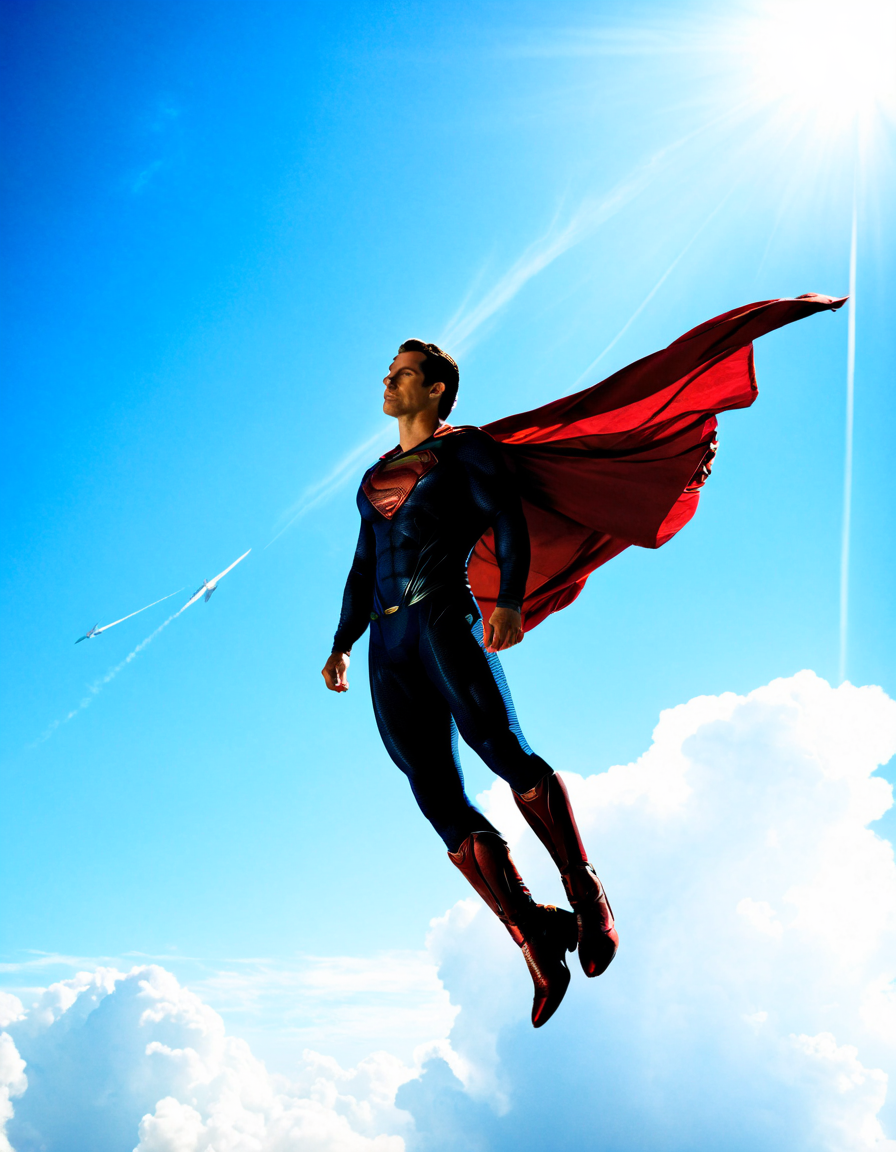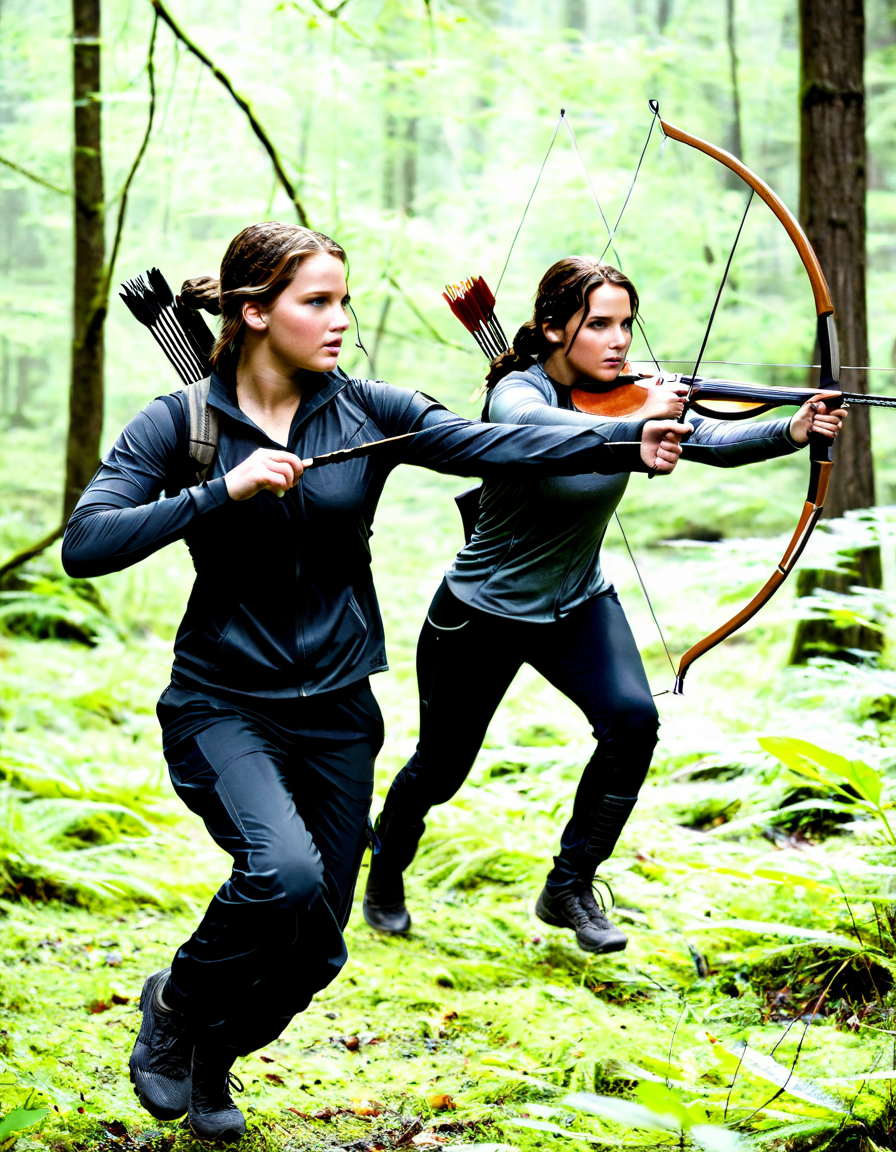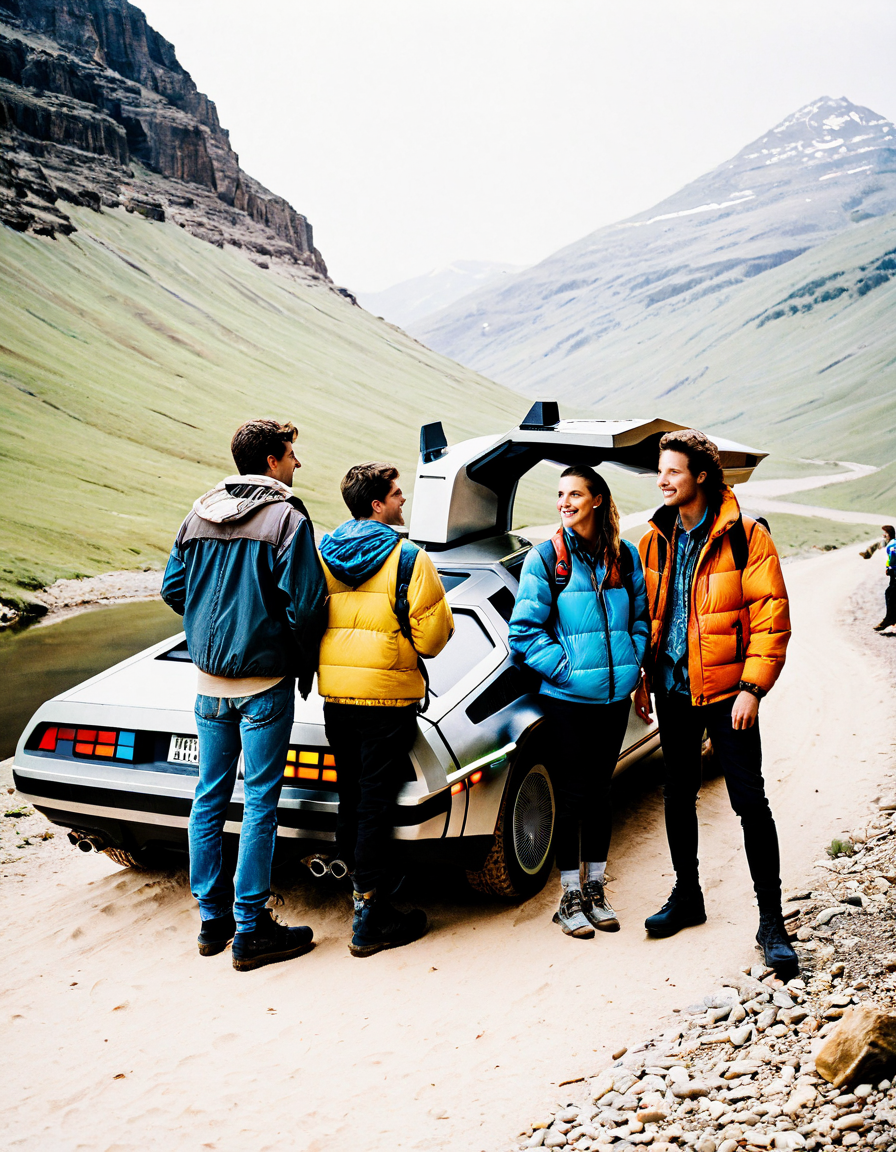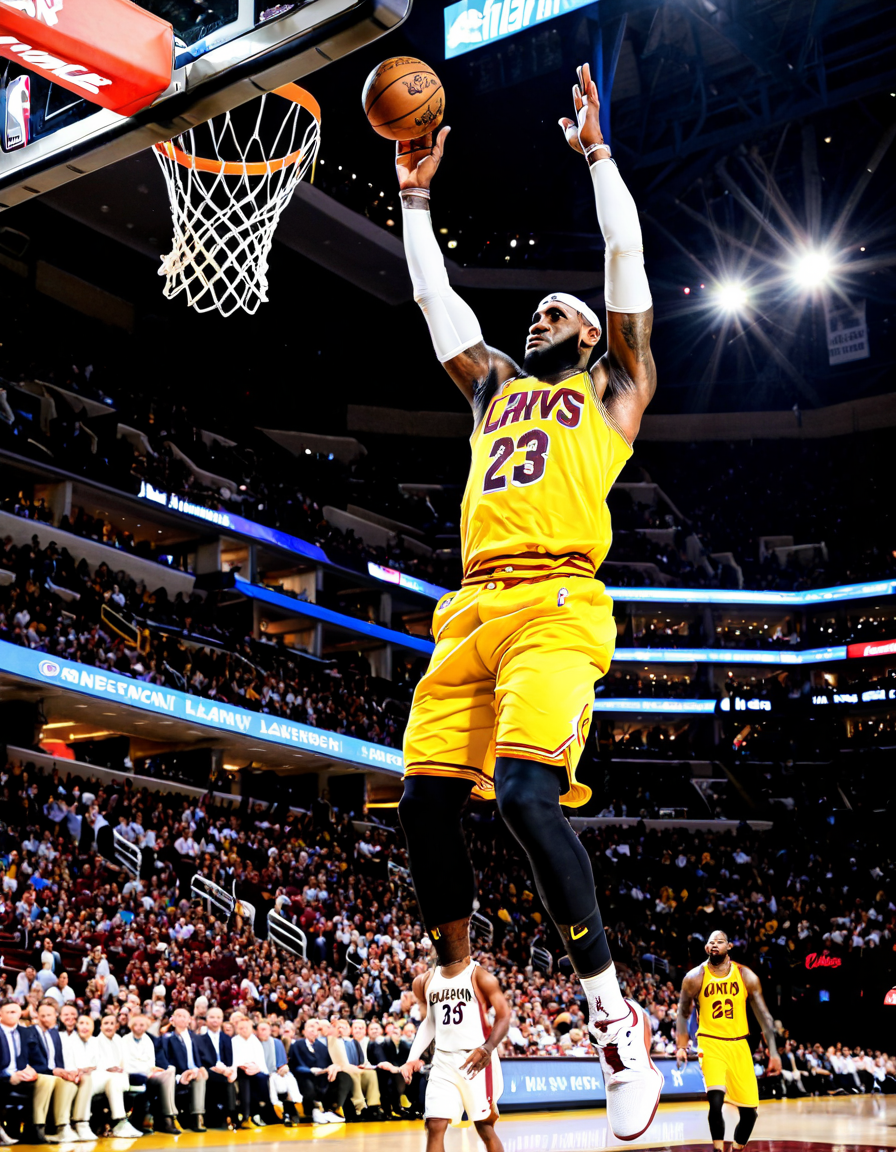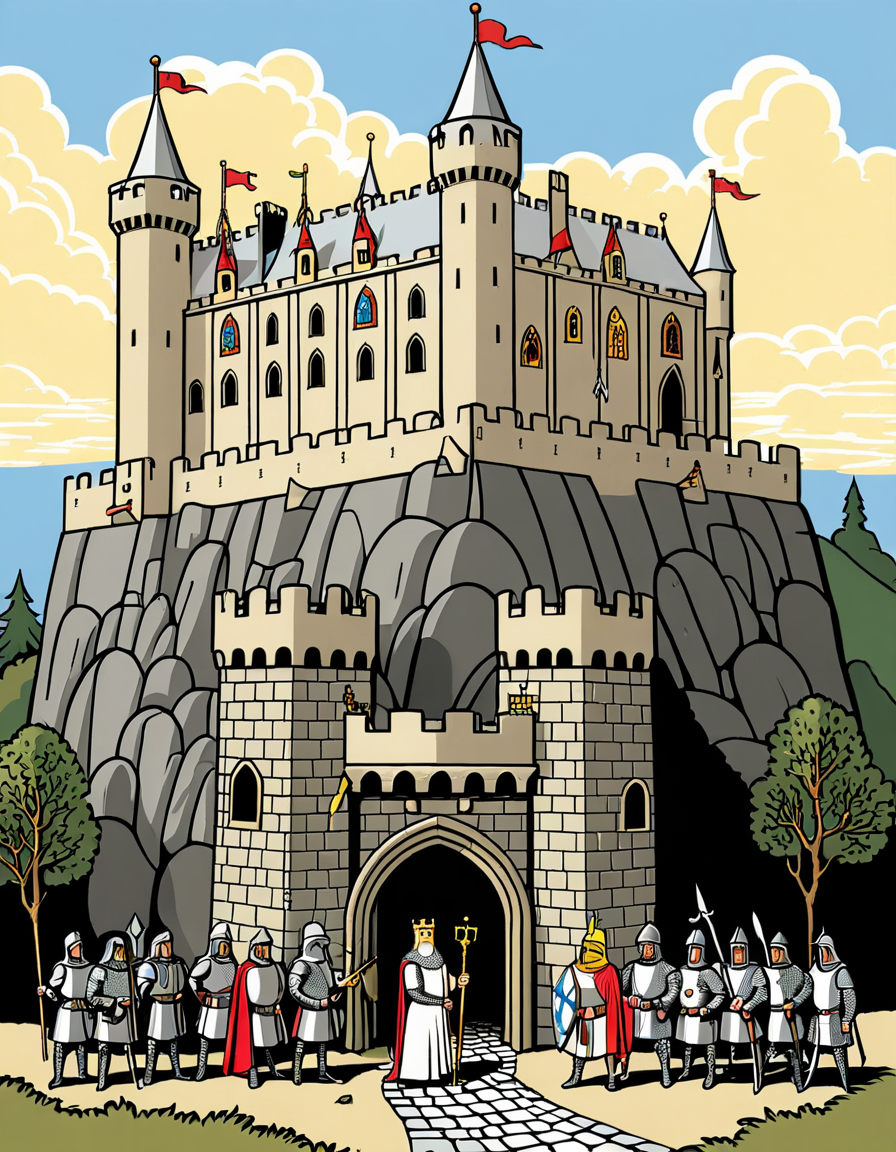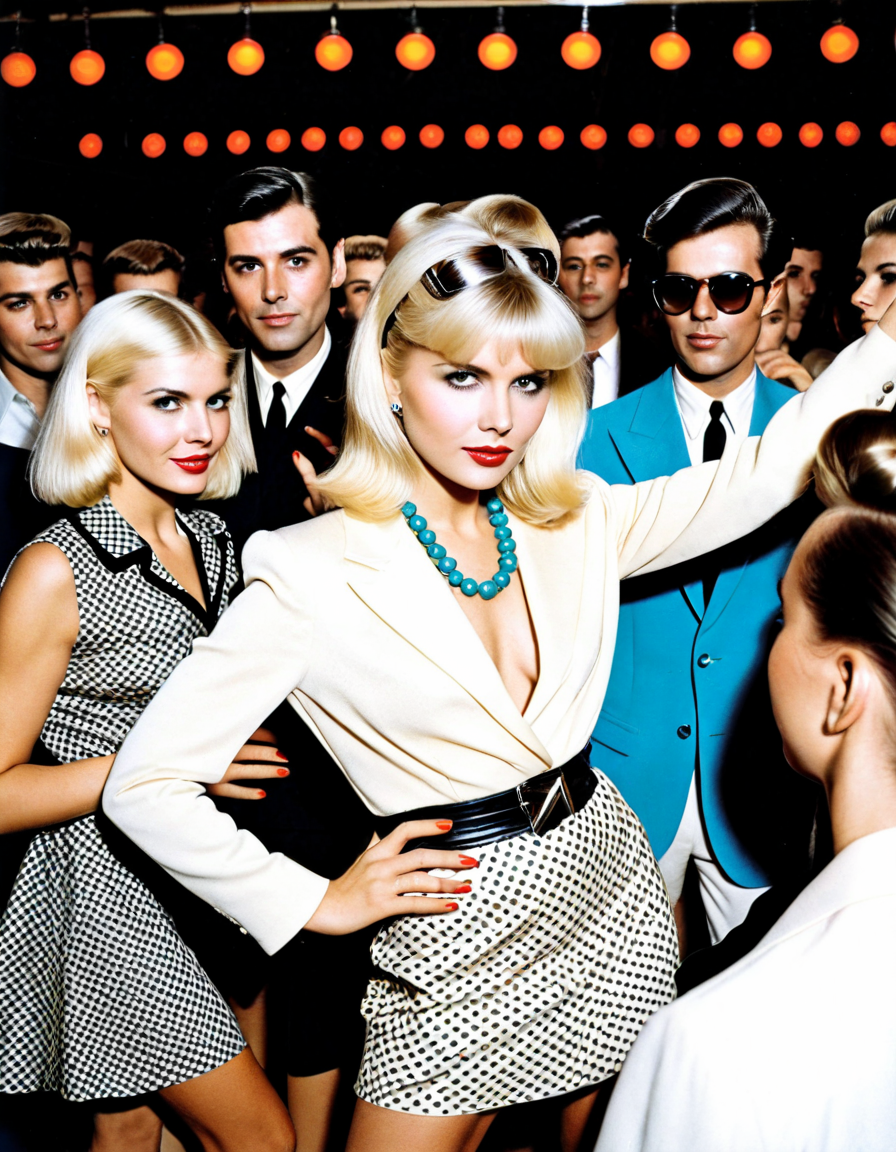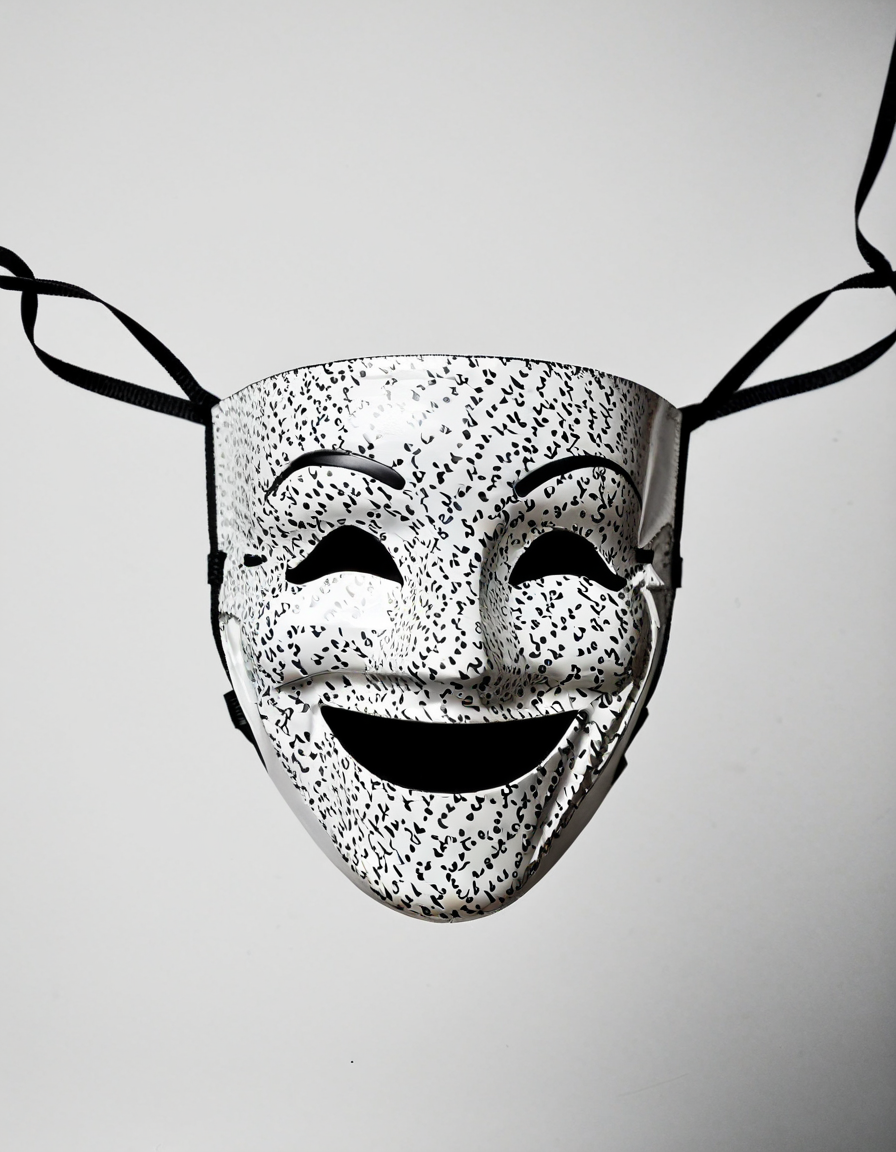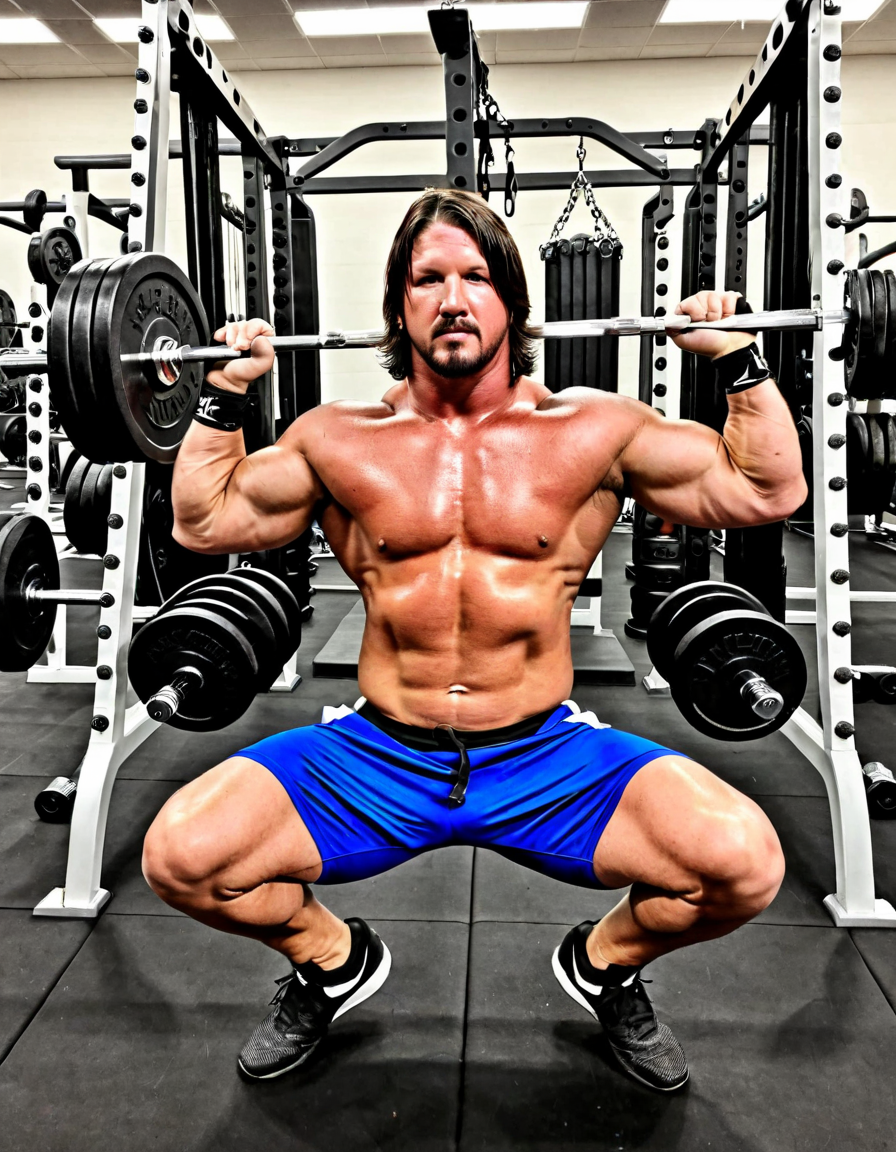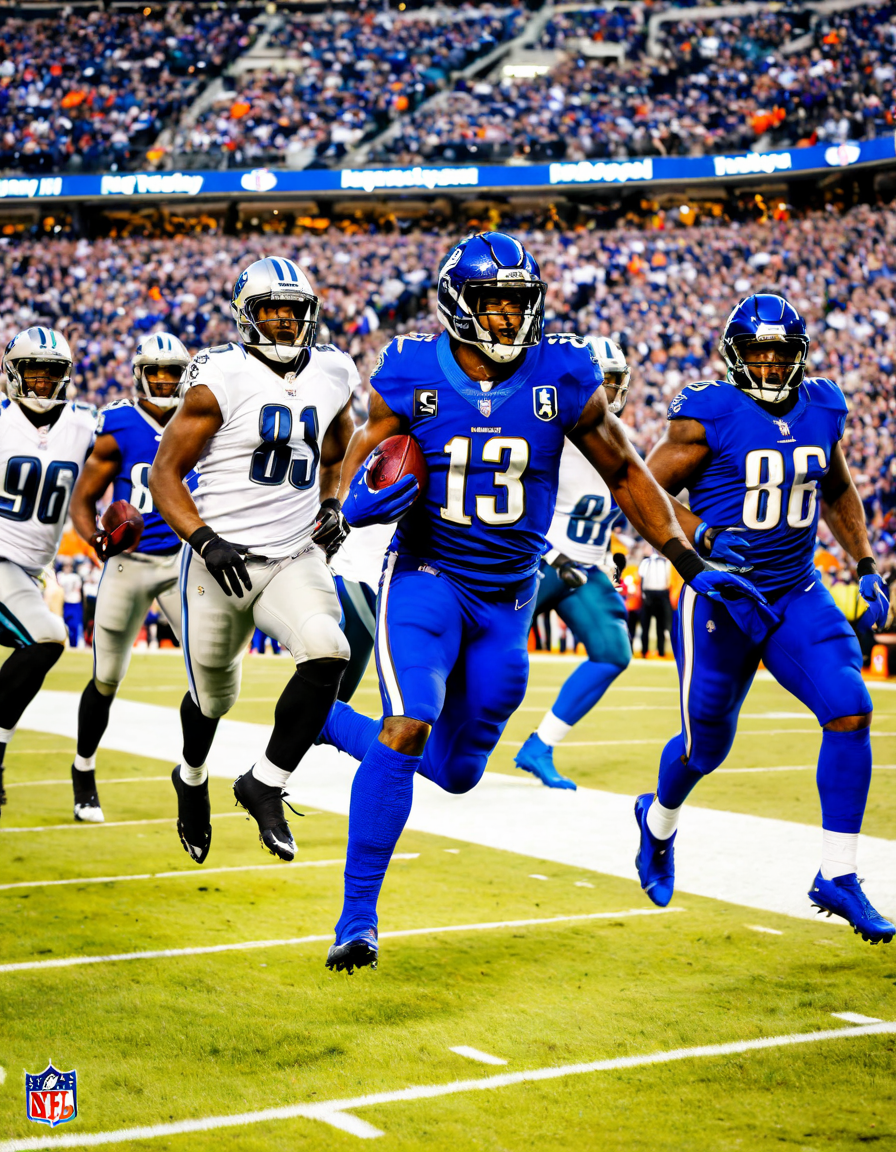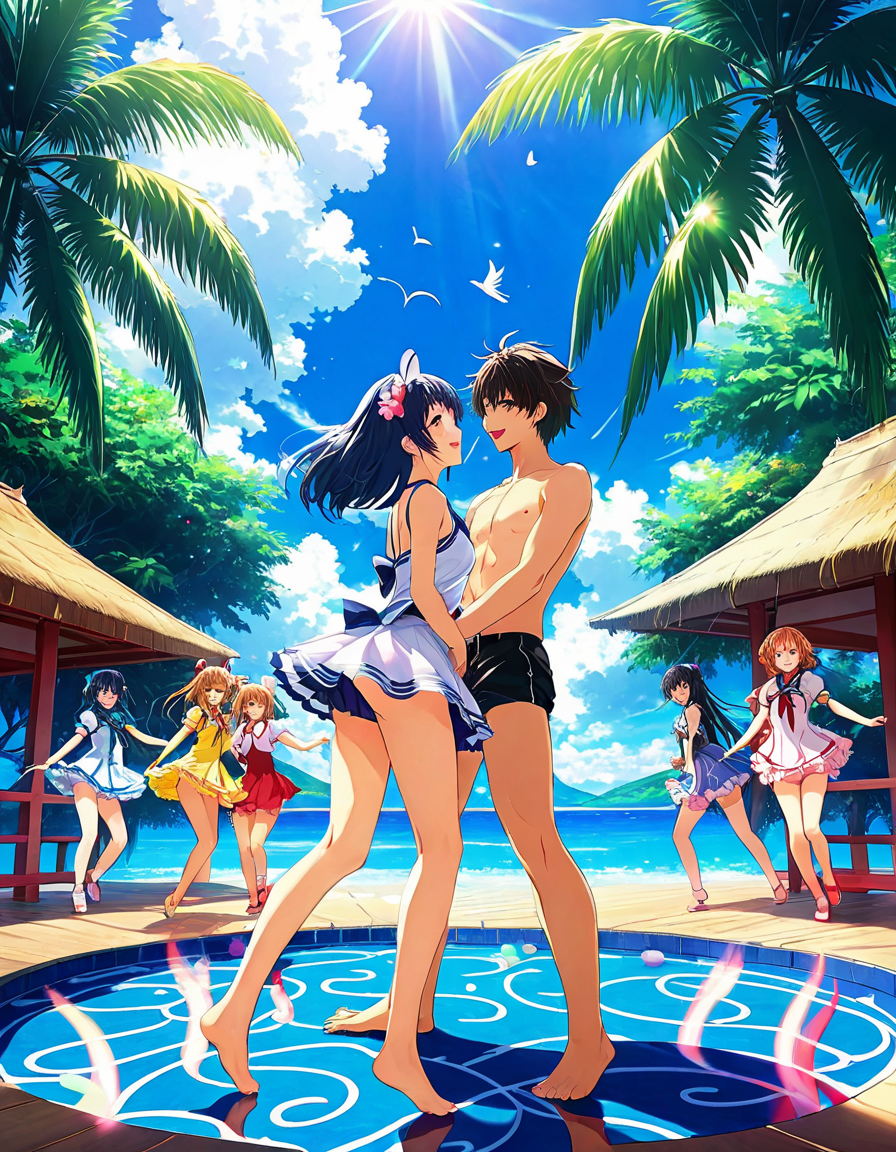Dive into the spine-chilling universe of “Dont Breathe,” a film that flips horror conventions on their head. Released in 2016, it captivated audiences with the unusual premise of a blind man outwitting intruders in his home. This article explores seven gripping insights about the flick that not only made waves in cinema but also serves as a powerful discussion starter around themes of morality, survival, and human instinct.
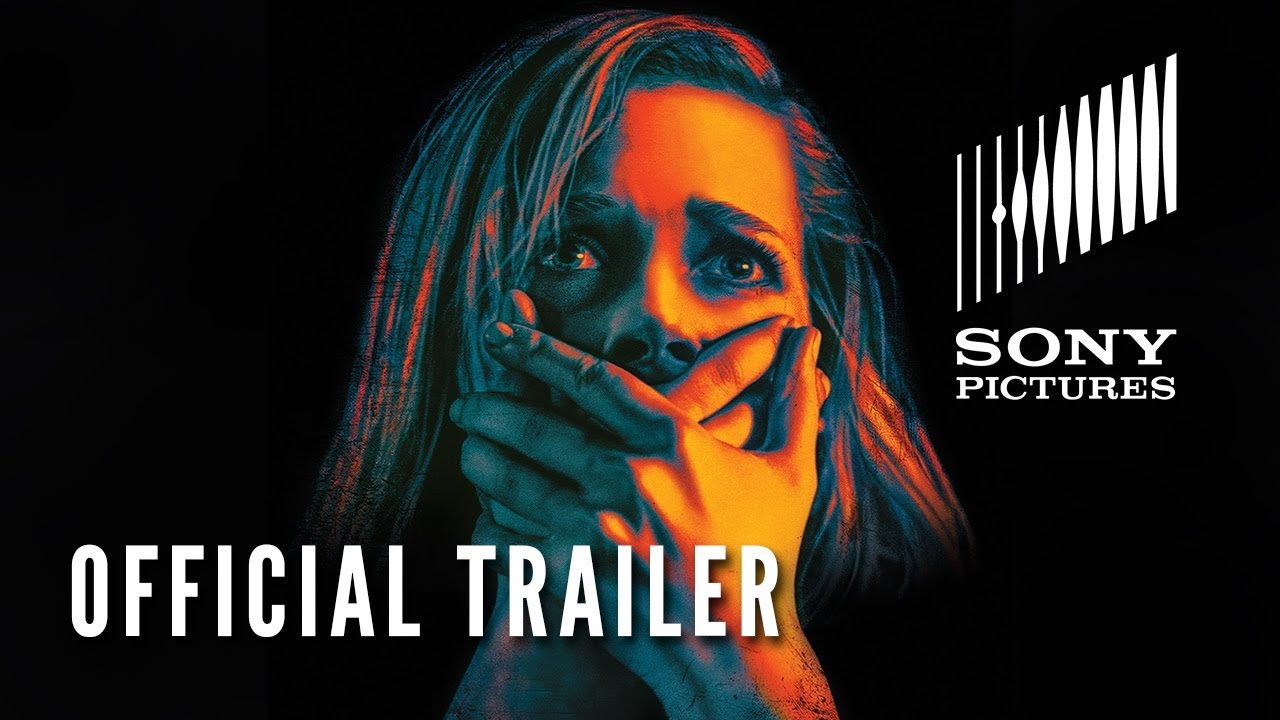
7 Gripping Insights About “Dont Breathe” You Can’t Afford to Miss

1. The Unique Concept that Redefined Suspense
The initial pitch of “Dont Breathe” revolved around a blind man who uses his other senses to protect his territory against thieves. Fede Álvarez took a classic trope and turned it upside down, giving viewers a fresh perspective. This inversion of the narrative allows us to root for what society would typically label as the villain. As a result, the film opened avenues for other thrillers, such as “A Quiet Place,” which explore silence’s power and the tension it can create.
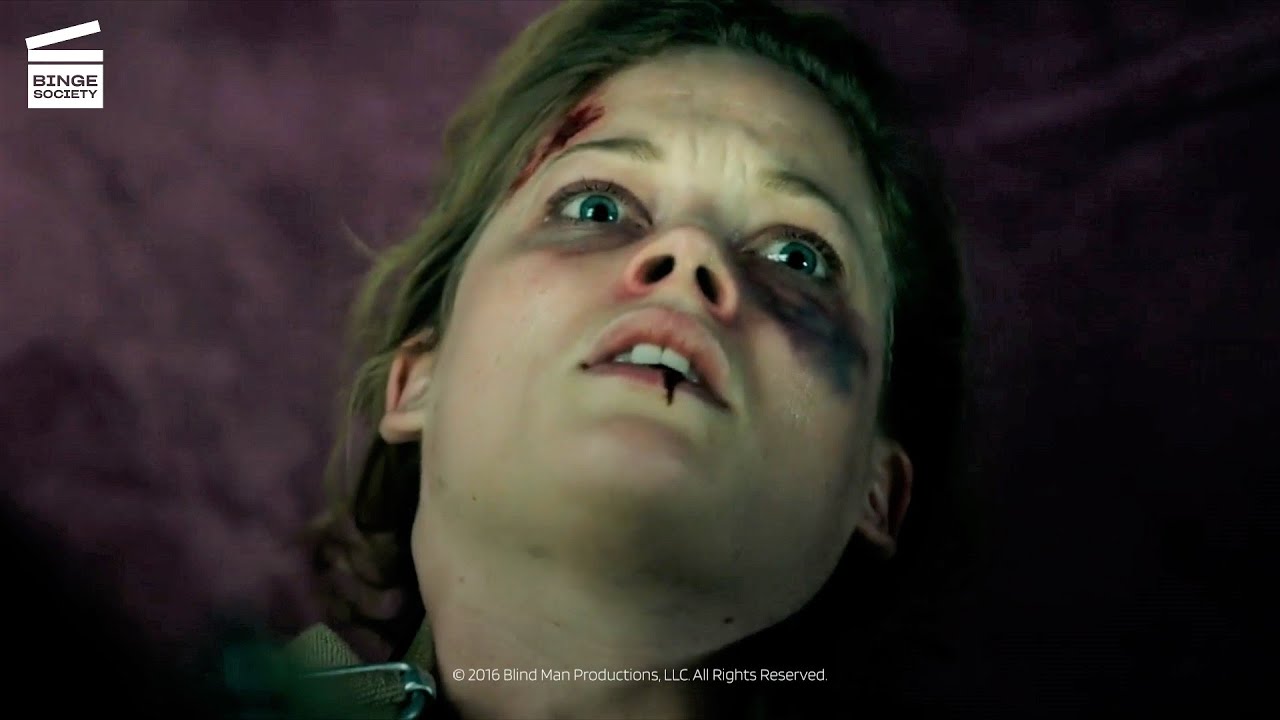
2. The Art of Tension: A Study in Silence
In “Dont Breathe,” silence plays a monumental role. The lack of sound is a ticking clock, increasing anxiety and amplifying even the quietest moments. It’s remarkable how the film makes you keenly aware of every creak and whisper, demonstrating that not making a sound can be a matter of life and death. This clever use of sound design keeps the audience at the edge of their seats as they hold their breath — quite literally.
3. From Script to Screen: The Lifecycle of a Scary Story
The film’s journey began with the working title “A Man in the Dark,” something that didn’t capture the chill of the final product. The screenplay was refined and sharpened multiple times, creating a darker narrative. Delving into human desperation and predation, the final draft brought out a raw emotional spectrum—one that compelled actors like Stephen Lang to leave a lasting impression on viewers.
4. Casting Choices that Changed Everything
Casting is a crucial aspect of any film’s success, and with “Dont Breathe,” the choices made set a tone that resonated powerfully. Stephen Lang, known for his nuanced portrayals, brought a complex edge to the blind antagonist. Along with talents like Jane Levy and Dylan Minnette, the ensemble created an electric chemistry that heightened stakes throughout the film. Their dynamic echoed the “Stand By Me” cast’s powerful performances, where vulnerability in a life-or-death scenario makes all the difference.
5. Thematic Rivals: “Dont Move” vs. “Don’t Look Up”
Integrated within today’s film landscape are flicks that echo the themes of “Dont Breathe.” The “Dont Move” movie serves as an intriguing counterpoint, exposing characters to a survival experience much like “Dont Breathe.” However, films like “Don’t Look Up” tackle broader societal issues, focusing on indifference amid existential risks. Where “Dont Breathe” hones in on personal struggle against a singular threat, “Don’t Look Up” serves as a commentary on collective responsibilities—or the lack thereof.
6. Critics’ Reactions: Unpacking the Controversies
Like many thought-provoking films, “Dont Breathe” wasn’t without its controversies. Some critics praised its bold commentary on moral dilemmas, while others called out its representation issues regarding disability and violence. This divisive nature sparked discussions similar to those seen with films like “Don’t Worry Darling,” where social commentary plays a crucial role in audience interpretation. These debates are essential in encouraging filmmakers to think critically about the themes they present.
7. The Legacy of “Dont Breathe”: A Cultural Phenomenon
Since hitting theaters, “Dont Breathe” has left a remarkable legacy within horror and pop culture. Phrases like “You’re Cordially Invited” gained traction on social media, as they invite friends to revisit this eerie tale. The film’s sequels and spin-offs show how influential its content has been, serving as benchmarks for cinematic tension and moral questions alike.

Cultural Impact: Why “Dont Breathe” Remains Relevant in 2026
Five years after its debut, the relevance of “Dont Breathe” is undeniable. It’s become a touchstone for modern thrillers, illustrating how complex narratives can engage us on deeper levels. Today, audiences assess new thrillers against this classic, proving its profound impact on storytelling and viewer engagement.
This film is a pioneer in mixing fear with social critique. Films released after “Dont Breathe” often strive to match its tension while pushing narrative boundaries. This serves as a reminder that horror doesn’t just make us jump, but it can also challenge our perceptions and provoke important conversations about human nature and morality.
“Dont Breathe” continues to inspire a new generation of filmmakers and writers. It proves that the darker aspects of humanity can be explored alongside thrilling entertainment. As we share this story, we’ll see how the film’s blend of horror with critical themes shapes not just its genre but the future of storytelling in cinema.
Whether you’re a fan of thrillers or just looking to engage with profound themes, “Dont Breathe” undoubtedly has something to teach. In a world where fear can paralyze, this film invites us to confront our darkest instincts, adding a layer of complexity that lingers long after the credits roll.
So next time you’re pondering over a thriller, remember that in the complex game of survival, sometimes it’s our choices that define us. After all, in the world of cinema, as thrilling as a ride may be, the tales behind them often leave an even deeper mark.
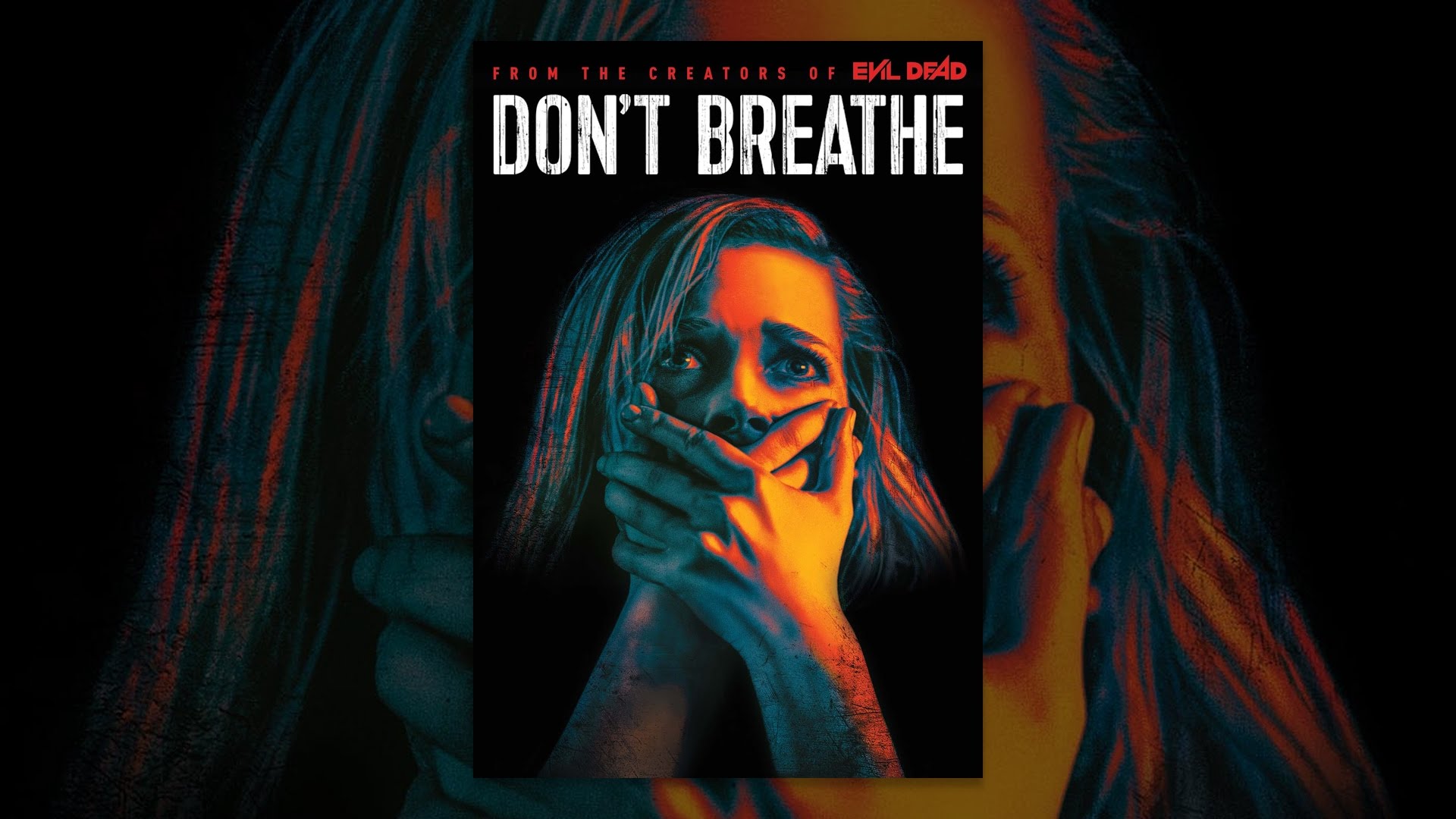
Dont Breathe: Fun Trivia and Interesting Facts
The Origins of Fear
Did you know that “Dont Breathe” was inspired by real-life events? The film’s creators took a hard look at crime and survival, diving deep into the dark corners of human nature. Interestingly, director Fede Álvarez had a unique vision, blending influences from horror and thrillers. Speaking of unique influences, the creative forces behind the film often draw parallels with unexpected elements, much like how a Kung Fu noodle dish can bring surprising flavors to the table. The eerie setting of an abandoned house amplifies the tension, making you feel every sound – or lack thereof.
Casting Choices that Matter
The cast of “Dont Breathe” is a big reason why the film strikes such a powerful chord with audiences. With the lead played by Stephen Lang, his theatrical background shines, adding depth to a character that most would shy away from. Fun fact: while exploring different casting options, the team took cues from various genres, similar to the way one might appreciate the Spongebob Movie for its unexpected humor. Plus, the dynamics among the characters remind us of the ensemble in Inglourious Basterds, where every role plays a crucial part in the narrative.
Cinematic Inspirations and Beyond
Many fans might not realize that Álvarez’s vision was partly shaped by iconic horror films and artworks, including elements reminiscent of Edvard Munch famous pieces. The tension and fear portrayed in “Dont Breathe” echo the same feelings stirred by classic art and cinema. Beyond horror, it’s fascinating how different forms of entertainment, like those starring legendary Sigourney Weaver, can offer rich storytelling that resonates across genres. If you’re craving something different after the nail-biting experience of this film, trying out Comida Cerca de mi could be a delightful way to unwind, bringing some comfort food into the mix.
So, whether you’re keeping quiet and holding your breath during the film or discovering intriguing backstories, “Dont Breathe” serves up thrills and chills wrapped in a bundle of cinematic trivia!


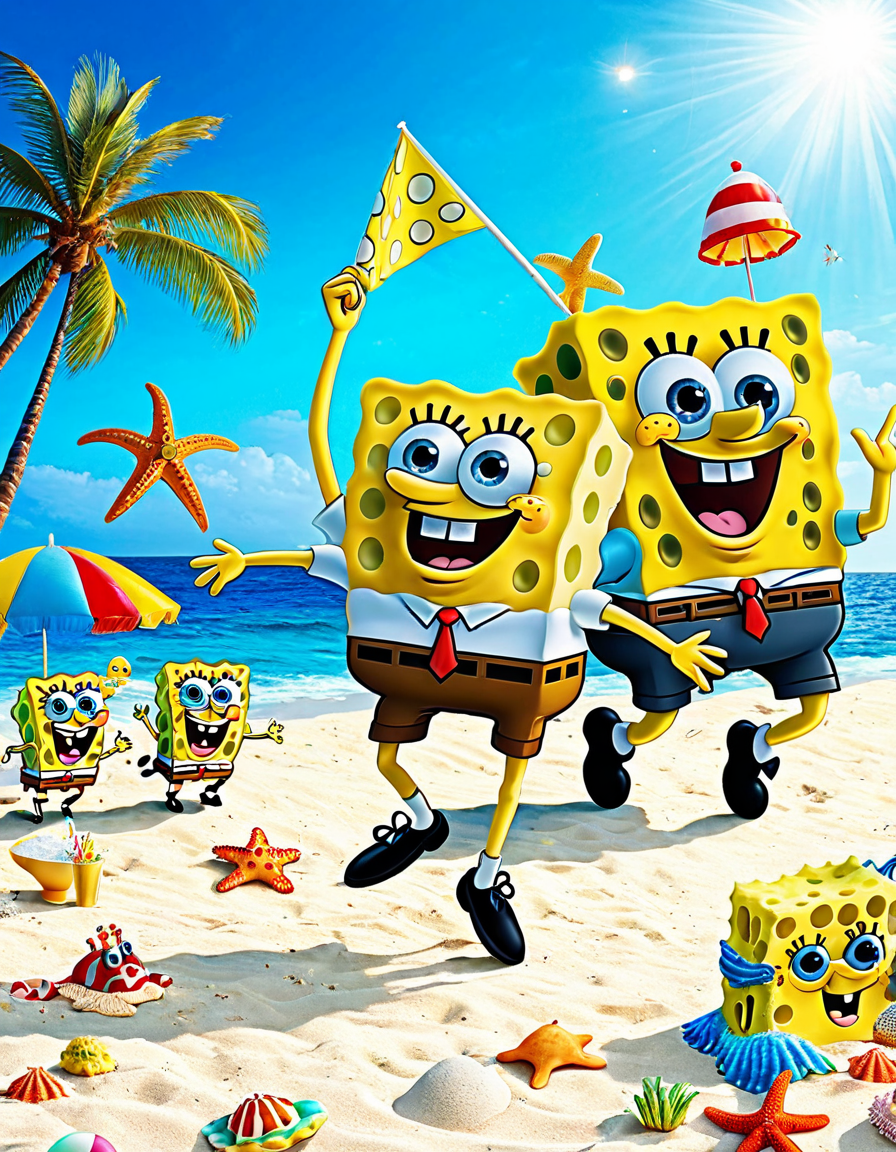

![y]](https://www.myfitmag.com/wp-content/uploads/2025/08/y.png)

